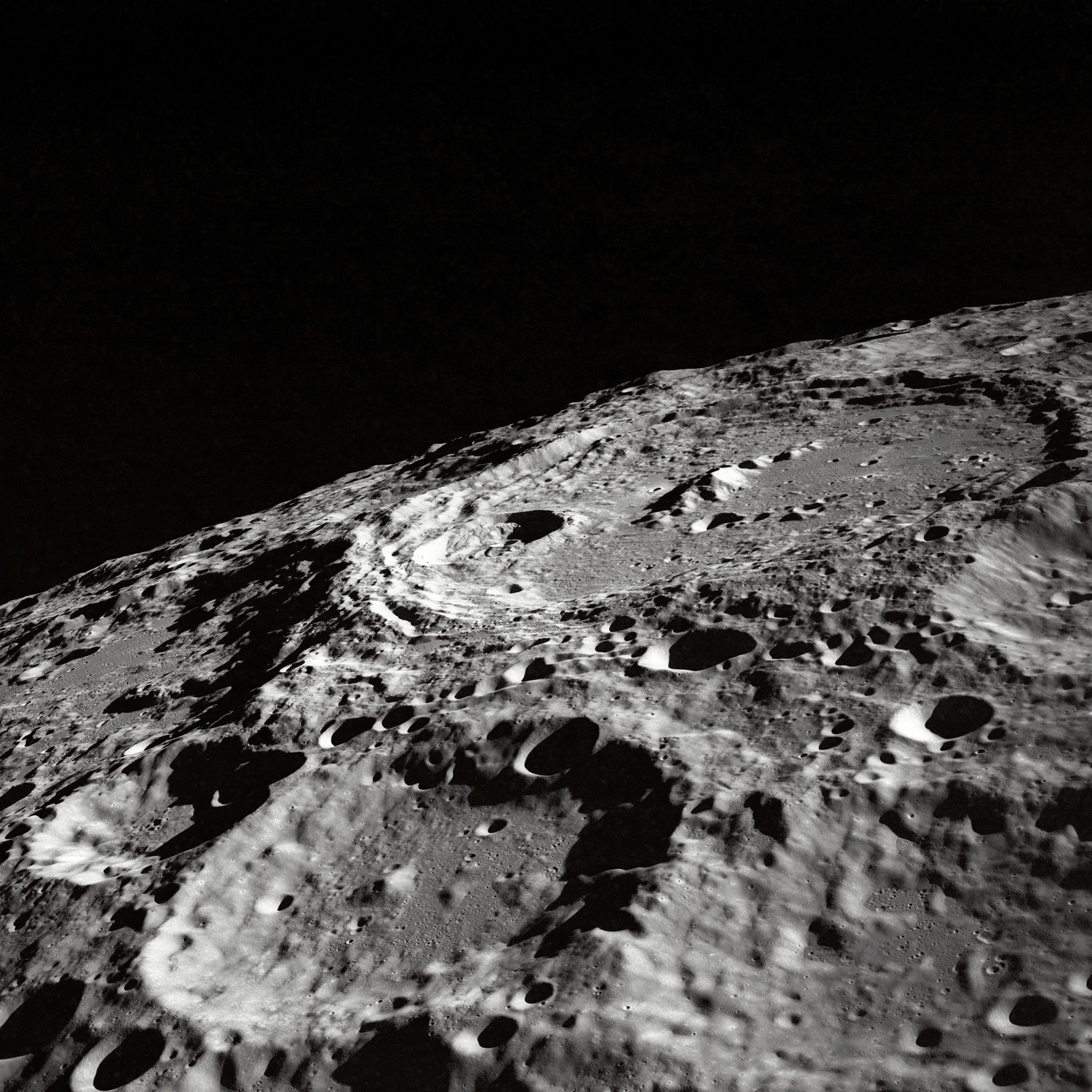Spiritualism in the 19th Century: A Window into the Supernatural
Table of Contents
Introduction
During the 19th century, spiritualism emerged as a prominent belief system centered around the exploration of the supernatural, communication with spirits, and the existence of an afterlife. Spiritualism provided a bridge between science and religion, challenging traditional religious beliefs and captivating the imaginations of people worldwide. This blog post delves into the origins, rise, and societal impacts of spiritualism during this pivotal period in history.
Rooted in the Ideals of Enlightenment
19th century spiritualism was influenced by Enlightenment ideals, which emphasized reason, empirical evidence, and individual experience. As scientific discoveries challenged established religious dogmas, people began questioning traditional notions of life and death. This intellectual atmosphere provided fertile ground for the emergence of spiritualism, a movement seeking to reconcile scientific advancements with religious beliefs.
Contemporary thinkers like Emanuel Swedenborg and Franz Mesmer laid the foundation for spiritualism. Swedenborg, an influential philosopher and theologian, claimed to communicate with spirits while in a trance. His writings on spirituality and the afterlife had a significant impact on the development of spiritualist concepts.
Mesmer, on the other hand, focused on mesmerism, a technique he believed could induce a trance-like state and channel spiritual energies. Though later debunked as pseudoscience, mesmerism played a crucial role in attracting attention to the possibility of communicating with spirits, paving the way for the spiritualist movement.
The Rise of Spiritualism
The Fox sisters, Margaret and Kate, are often credited with sparking the modern spiritualist movement in 1848. They claimed to communicate with a spirit that haunted their home, leading to widespread fascination and public demonstrations of their abilities. The sisters’ success catapulted spiritualism into the public eye, attracting followers and skeptics alike.
By the mid-19th century, spiritualism gained momentum and spread across Europe and North America. Publications dedicated to spiritualist teachings, such as “The Spiritual Telegraph,” proliferated, disseminating ideas and practices among eager readers. This widespread availability of spiritualist literature helped establish a sense of community among believers, even in remote regions.
The Spiritualist Movement
As spiritualism gained popularity, organized spiritualist communities and societies began to form. These communities provided a platform for individuals to explore their beliefs, share experiences, and develop spiritualist practices collectively. One such group was the Spiritualist Church, which sought to provide a religious structure for spiritualists.
The spiritualist movement also attracted notable figures, including Arthur Conan Doyle, the famous author of the Sherlock Holmes series. Doyle, a fervent believer, used his influence to advocate for spiritualism and document alleged evidence of the supernatural.
The movement’s core beliefs varied, but common themes included the existence of spirits, the ability to communicate with them, and the spiritual progression of the soul beyond physical death. Séances, in which participants attempted to contact spirits through mediums, became a prominent feature of spiritualist gatherings.
The Phenomenon of Mediums
Mediumship played a central role in spiritualist activities. Mediums claimed to have the ability to communicate directly with spirits or act as intermediaries between the spirit world and the physical realm. Various forms of mediumship emerged, ranging from clairvoyance (seeing spirits) to channeling (allowing spirits to speak or write through them).
Some mediums achieved significant acclaim and drew large followings. Perhaps the most famous medium of the 19th century was Daniel Dunglas Home, known for his alleged ability to levitate and produce paranormal phenomena during séances. Home’s abilities fascinated both spiritualists and skeptics alike, prompting investigations and public demonstrations.
Impacts on Society and Culture
Spiritualism’s influence extended beyond religious and philosophical domains and permeated society and culture in the 19th century. The movement challenged traditional gender roles by providing women with opportunities for leadership and public speaking, an exceptional prospect during an era where women’s rights were limited.
Additionally, spiritualism’s focus on personal experience and individual spirituality went hand in hand with the growing emphasis on individualism and personal expression, marking a significant cultural shift.
The movement also intersected with social reform movements of the time. Many spiritualists were active abolitionists, suffragettes, and advocates for other progressive causes. Spiritualist beliefs in equality and the intrinsic value of every soul propelled individuals to fight for justice and equality in society.
The Legacy of 19th Century Spiritualism
Though spiritualism experienced a decline in the early 20th century, its influence on subsequent mystical and esoteric movements cannot be denied. Many modern New Age practices, such as channeling, crystal healing, and the exploration of past lives, trace their roots back to the spiritualist movement of the 19th century.
Furthermore, spiritualism played a pivotal role in the history of paranormal research and served as a catalyst for the scientific investigation of psychic phenomena. Studying spiritualist claims and attempting to debunk them also led to advancements in the understanding of human psychology and the power of suggestion.
Conclusion
In the 19th century, spiritualism emerged as a fascinating movement that captivated the imaginations of people around the world. It represented an attempt to reconcile science and religion, challenging traditional beliefs about the afterlife and establishing a bridge between the physical and the spiritual.
Rooted in Enlightenment ideals, spiritualism gained momentum through influential figures and community-building efforts. The movement’s impact extended beyond the realm of spirituality, affecting societal norms, cultural expressions, and even laying the groundwork for future mystical practices.
The legacy of 19th century spiritualism lives on, continuing to shape the way we explore the supernatural and understand the depths of the human experience.
Table of Contents
